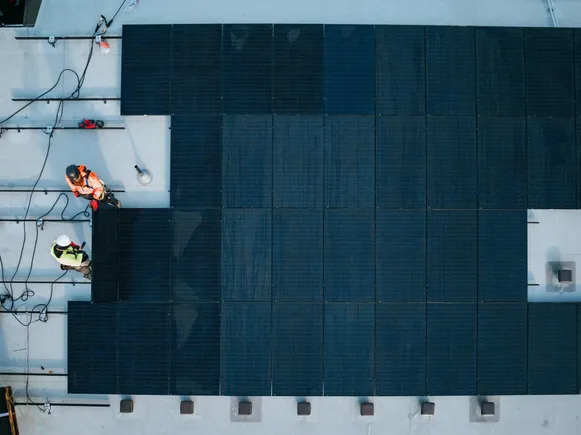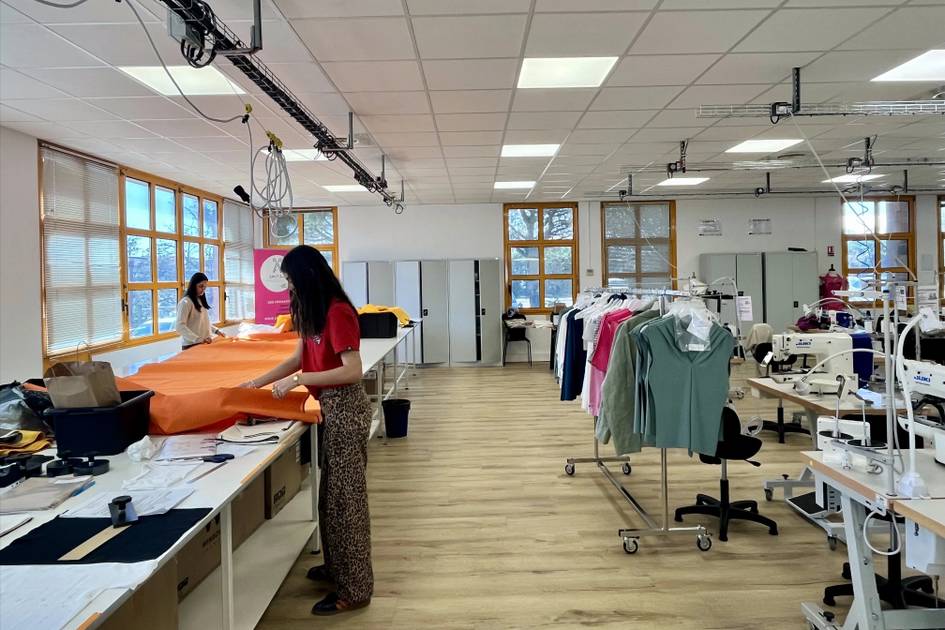Multivalent Dipole Interactions‐Driven Supramolecular Polymer Layer Enables Highly Stable Zn Anode Under Harsh Conditions
Advanced Energy Materials, EarlyView.

A multivalent dipole interactions-driven ultrathin supramolecular polymer (SP) layer upon the Zn anode is demonstrated, which reduces the desolvation energy barrier of Zn2⁺ and generates an accelerating channel for rapid Zn deposition, while exhibits remarkable mechanical modulus/toughness. Impressively, Zn anodes with SP layer achieved a 540 h long cycling under an ultrahigh 92% ZUR, enabling excellent electrochemical performances of full cells.
Abstract
Aggressive side reactions and dendrite growth, associated with the unstable Zn anode/electrolyte interface, have impeded the practical application of Zn metal-based batteries. Here, a donor-acceptor (D-A) polymer is employed to reconstruct a robust supramolecular polymer (SP) protective layer to achieve highly stable Zn anodes. The D-A polymer possessing abundant electron donor and acceptor sites can dynamically co-crosslink with water molecules and Zn2⁺ through multivalent dipole interactions (MDIs), resulting in the formation of a supramolecular polymer network. The MDIs disrupt the original strong hydrogen-bonding network within the D-A polymer, leading to the reconfiguration of polymer chain conformations and an increase in the intermolecular free volume exposing more widely distributed dipoles, thereby regulating the Zn2+ desolvation behavior and facilitating rapid and uniform Zn2+ plating. Meanwhile, the resultant supramolecular network endows the SP with an ultra-high mechanical modulus of 10.4 GPa, which can homogenize the stress distribution during the plating process for effective dendrite suppression. Consequently, the SP-assisted asymmetric cell achieves nearly 99.94% Coulombic efficiency over 9000 cycles, enabling the Zn/Zn cell to cycle for over 540 h under an ultrahigh 92% Zn utilization. Outstanding cycling stability is also successfully demonstrated in high mass-loading (≈12.8 mg cm−2) pouch cells, further demonstrating its prospects for practical applications.

































































































































































.jpg)








